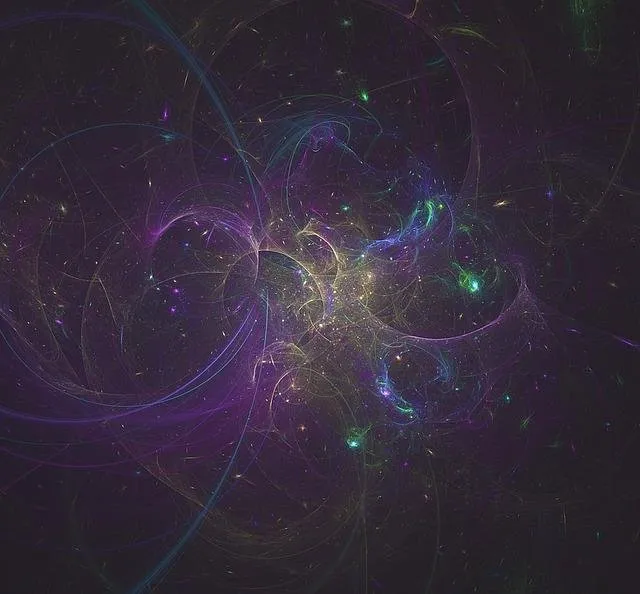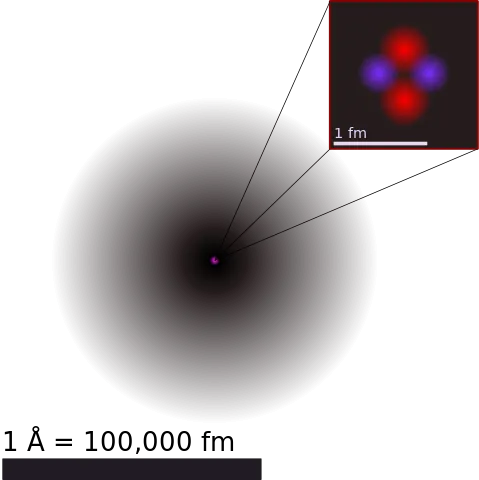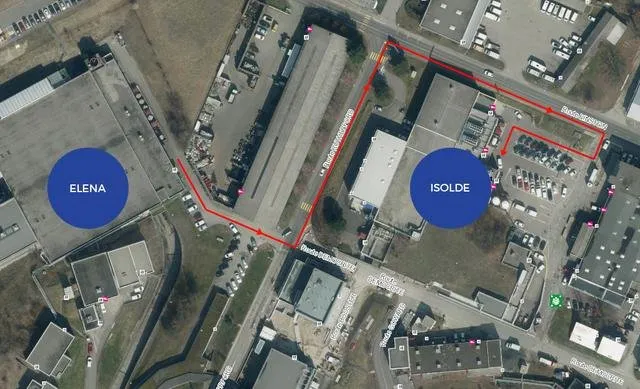Earlier this week, I have read an interesting report from the antimatter experiments ongoing at CERN. Just to stress it out, CERN is not only about the Large Hadron Collider, as tens of other experiments are also carried on.

[image credits: Pixabay]
Whilst a month ago, we had the first steemSTEM meetup at CERN (including a short visit of a fraction of the installations), it is now the turn of antimatter to have fun and being taken from point A to point B inside the CERN area.
In our case, both our points A and B have nice names: A is called Elena and B is called Isolde.
This post is naturally about the love story between these two.
In addition, there is a funny fact: this love story involves a puma.
ANTIMATTER IN A NUTSHELL
But first, let us quickly discuss antimatter and what it is exactly.
As already stated many times in many posts, all matter in our universe can be structured from a very small number of basic constituents, the elementary particles of the Standard Model. These elementary bricks include in particular the electrons, as well as quarks that are the building blocks of the protons and the neutrons.

[image credits: Wikipedia]
And as well known, protons, neutrons and electrons form atoms.
This is where our story starts today: atoms, one of them being illustrated on the right.
One can notice, in the picture, that atoms are made of a core, the atomic nucleus.
The latter is itself made of protons (the red blobs) and neutrons (the blue blobs). Finally, a bunch of electrons orbit around the nucleus.
However, a predictions of the theoretical formalism governing the microscopic world is that one can associate with each particle a corresponding antiparticle. This is antimatter.
Protons are hence matched with antiproton partners, neutrons with antineutrons, and electrons with positrons. But this works too at the atomic level: the antimatter counterpart of a hydrogen atom is then an anti-hydrogen atoms.
There are not many differences between a particle and an antiparticle. In fact, a particle and an antiparticle are identical up to their quantum numbers (for instance their electric charge is one of these) that are opposite. And just to name it, this stems from the CPT symmetry, one of the most fundamental symmetries of nature.
What I have just written above is the motivation for producing and studying antimatter: we need to assess the validity of the CPT symmetry and test it as much as possible. And those tests demand the production of antimatter particles.
STORING ANTIMATTER THANKS TO ELENA
The problem with antimatter concerns its storage. As well known, matter and antimatter form an explosive couple. As soon as they meet, they annihilate with each other.
Therefore, in order to study antimatter, it has to be kept away from any single particle of matter. This may sound complicated, as our universe is dominated by matter. On Earth, matter is indeed everywhere.

[image credits: the ELENA experiment ]
But physicists managed to find a solution: the Elena decelerator. Elena is our A character in the love story I describe in this post.
To go back to the topic, first, fresh antiprotons must be created.
This is achieved by firing a proton beam on a metallic target. From this, plenty of particles are produced, including our antiprotons.
Those antiprotons are then finally collected and organized under the form of a beam that is injected into Elena.
The role of Elena is then to slow these antiprotons down to very small speeds, so that they could be easily trapped in order to be provided to the antimatter experiments. For instance, with slowly-moving antiprotons, it becomes kind of easy to produce anti-hydrogen.
ANTIPROTONS ON A PUMA BROUGHT TO ISOLDE
Recently, a new project called PUMA was proposed. Now we have the link with the pumas.
PUMA is an acronym that stands for antiProton Unstable Matter Annihilation. As can be guessed from this name (can you?), the PUMA project aims to study what is going on when antiprotons interact with special atomic nuclei.
The idea is to focus on atomic nuclei featuring a lot of neutrons, and in particular a halo of neutrons around them. Such a halo is usually called a neutron skin. But no one knows the details behind this neutron-skinned atomic nuclei.

[image credits: CERN]
The details can however be unraveled by studying the annihilation of the protons and the neutrons inside these nuclei, and such an annihilation process can be induced by antiprotons.
And now comes our third character in our love story (B): Isolde. Isolde is the place where nuclei featuring a neutron skin are produced.
As shown on the map on the right, Isolde and Elena are however not living close to each other…
The solution is natural: we should produce antiprotons at Elena and embark them into a journey to Isolde. Thanks to a special trap to be loaded on a van, this will be made possible. Antimatter will travel. One billion antiprotons will hence be moved from Elena to Isolde!!!
One small step for man, one giant leap for our understanding of the nature of nuclear matter!
SUMMARY
In this post, I detailed some fresh news from the antimatter projects that are ongoing at CERN.
In order to study the reaction of antimatter with exotic atomic nuclei within an experiment called PUMA, a special antiproton trap has been designed. Such a trap is small enough so that it could be loaded on a van, and one billion antiprotons are hence scheduled to be transported from their source (Elena) to the experimental complex (Isolde).
By the way, a stupid information is hidden in this post. Will you find it? :D
SteemSTEM
SteemSTEM is a community-driven project that now runs on Steemit for more than a year. We seek to build a community of science lovers on Steemit and to promote well written/informative Science Technology Engineering and Mathematics (STEM) postings in order to make Steemit a place for fascinating STEM content.
More information can be found on the @steemstem blog and on our discord server and in our last project report.
The steemSTEM reboot is coming… Why? See here.